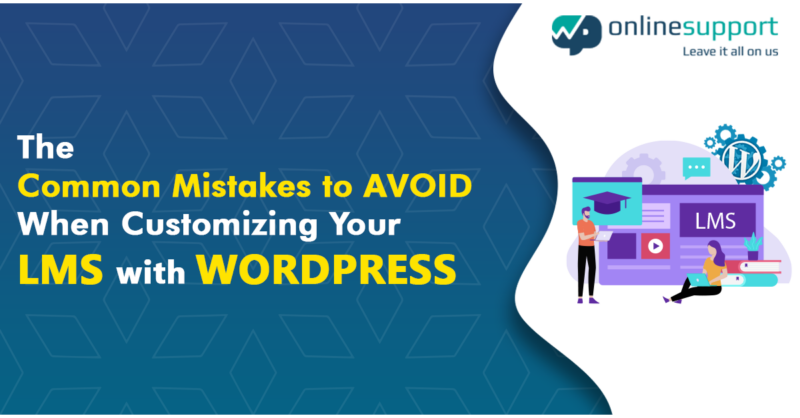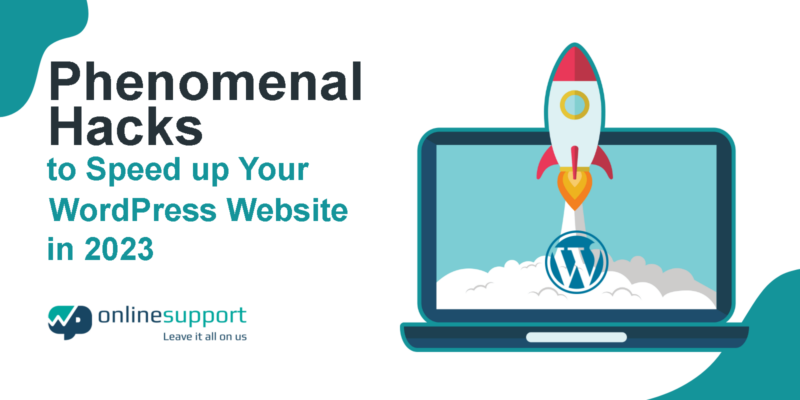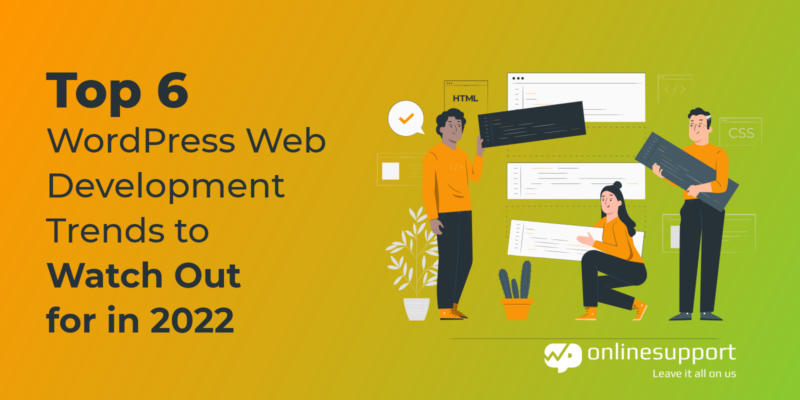If you’re using WordPress as your Learning Management System (LMS) to create and manage your online courses, you’re already taking advantage of its flexibility and ease of use. WordPress offers a wide range of customization options that allow you to tailor your LMS to your specific needs. However, there are some common mistakes that many users make when customizing their LMS with WordPress.
In this blog post, we’ll explore these mistakes and provide tips on how to avoid them.
- Overloading with Plugins
- Ignoring Responsive Design
- Neglecting Security
- Lack of Testing
- Poor User Experience
- Ignoring Accessibility
1. Overloading with Plugins
One of the great features of WordPress is its vast library of plugins that can extend the functionality of your LMS. However, using too many plugins can slow down your site, create conflicts, and make it difficult to manage updates. Avoid the temptation to install every plugin that seems interesting, and instead carefully select and install only the essential ones that are necessary for your LMS. Always choose reputable plugins from trusted sources and regularly update them to ensure compatibility with the latest version of WordPress.
2. Ignoring Responsive Design
With the increasing use of mobile devices for online learning, it’s crucial to ensure that your LMS is responsive and works well on all screen sizes. Ignoring responsive design can result in a poor user experience, making it difficult for students to access and interact with your course content. Always choose a WordPress theme that is mobile-friendly and test your LMS on different devices to ensure it looks and functions properly across all platforms.
3. Neglecting Security
Security should be a top priority when customizing your LMS with WordPress. Neglecting security measures can leave your LMS vulnerable to attacks and compromise the sensitive data of your students. Always keep WordPress and all plugins up to date with the latest security patches, use strong and unique passwords, enable two-factor authentication, and regularly back up your LMS to a secure location. Additionally, be cautious when adding custom code or scripts to your LMS and only use trusted sources to minimize the risk of security breaches.
4. Lack of Testing
Customizing your LMS with WordPress involves making changes to the theme, layout, design, and functionality, which can sometimes have unintended consequences. Failing to thoroughly test your LMS after making customizations can result in broken links, formatting issues, or other errors that can negatively impact the user experience. Always thoroughly test your LMS after making changes to ensure that everything is working as expected, including course enrollment, progress tracking, quizzes, and other interactive elements.
Also, Check-Out: Different Types of LMS Customization Services Offered by Our Agency
5. Poor User Experience
A good user experience is critical for the success of your LMS. Avoid making the mistake of creating a cluttered or complicated user interface that confuses or frustrates your students. Keep the design clean and intuitive, with clear navigation, easy-to-follow instructions, and logical course structures. Use multimedia elements, such as images and videos, judiciously to enhance the learning experience, and make sure all course content is easily accessible and well-organized.
6. Ignoring Accessibility
Accessibility is an important consideration when customizing your LMS with WordPress. Ignoring accessibility can exclude individuals with disabilities from accessing your course content and limit the reach of your LMS. Ensure that your LMS is compliant with accessibility standards, such as the Web Content Accessibility Guidelines (WCAG), by using accessible themes, providing alternative text for images, using appropriate color contrasts, and making sure all course content is easily navigable with keyboard inputs.
Wrap Up
Customizing your LMS with WordPress offers great flexibility and customization options, but it’s important to avoid common mistakes that can impact the functionality, security, and user experience of your online courses. By being mindful of plug-in usage, responsive design, security measures, testing, user experience, and accessibility, your WordPress-powered LMS can be a valuable asset in delivering effective online education.



